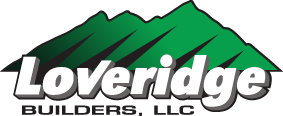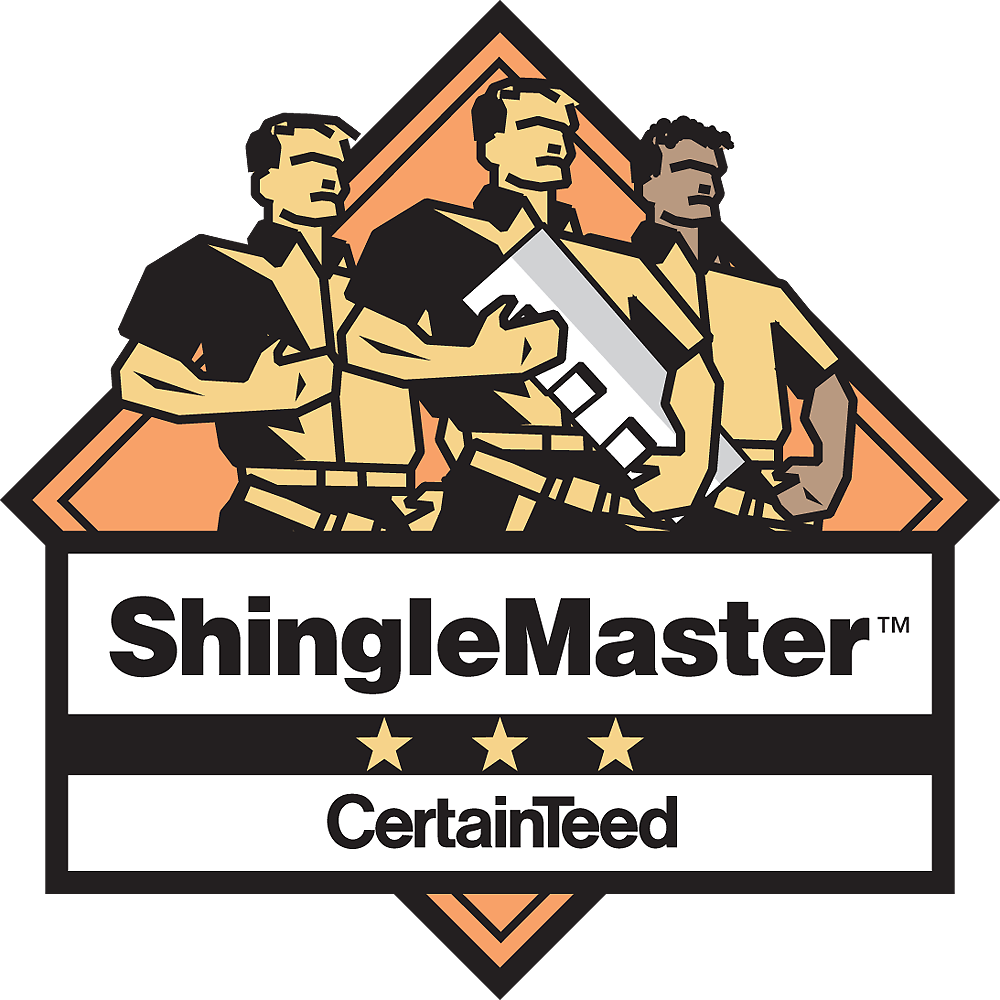Avoid These Top 5 Potential Roofing Disasters
Your roof is your shield against the elements. You want it to stay intact. However, like any shield your roof has weak spots, and it can fail. Whether you’re installing new roofing or working to repair an older roof, make sure that you avoid these top 5 potential roofing disasters.
1. The Dreaded Drip
Leaks are the number one roofing disaster, whether it’s in a new and poorly installed roof or an older roof. Leaks happen at joints, such as the area between the roof and the chimney. Leaks can also happen in areas where roofers use flashing to provide a seal where a chimney or a vent comes up through the roofline. When your roof is installed, make sure that the membrane is adequate and that the seams are solid.
2. Ponding on the Roof
Whether a roof is flat or on a very steep slope, roofs must be designed to avoid sitting or ponding water. Water that stays in one place can degrade the roofing over time. Ensure that roofs are installed with a slight taper, and for other roofing issues such as blow offs that may lead to changes in water movement on the roof. Ensure that drains are clear at all times so that water can run from the roof to the ground.
3. Blow Offs
To avoid blow offs, look at common problem areas such as the zones around chimneys, pipes, and other objects that penetrate the roof. Look at places where two sloped parts of the roof meet to see if the shingles are loose. When a new roof is installed, make sure that seams are not exposed to wind or rain until they have properly cured, or they may lift when exposed to wind and rain in the future.
4. Punctures and Cracks
Aging roofing means that your roof is more likely to suffer from the wear and tear of the weather. Punctures can occur when objects such as tree branches hit your roof. Leaks may show up immediately or much later, after water has seeped into the roof. Broken or cracked shingles also leads to water ingress. Check your shingles annually, particularly in areas such as the south side, where the sun can cause them to split. Make sure that water back ups from gutters do not get under broken shingles. Install a gutter system that helps the water move quickly off the roof so that it does not stay in places where the roof is cracked.
5. Shrinking and Warping
Over time, shingles may buckle, curl, or blister. During an annual roof inspection, take a look for these telltale signs of roofing changes. This is a sign that you need to repair part or your entire roof. As roofing shrinks and warps, you’re in more danger of serious leaks and parts of your roofing could become loose and come off during storms or snow and ice events.
-------------------------------------------------------------------------
Loveridge Builders, Denver, Colorado

.png)



